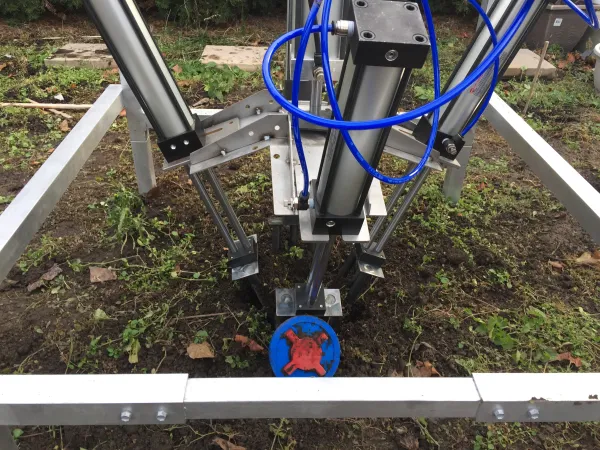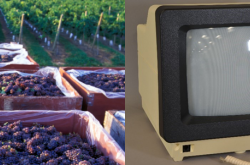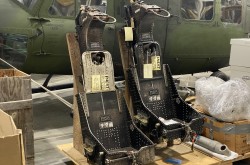How a Waterloo start-up plans to rid the world of landmines
This article was originally written and submitted as part of a Canada 150 Project, the Innovation Storybook, to crowdsource stories of Canadian innovation with partners across Canada. The content has since been migrated to Ingenium’s Channel, a digital hub featuring curated content related to science, technology and innovation.
Richard Yim grew up in a part of Cambodia where children had to be careful playing outside. While that may seem like a general note you learn growing up in Canada, Yim’s experience carries a lot more weight since Cambodia is littered with about 10 million landmines.
Yim even had the horrific experience of witnessing his aunt die from stepping on a mine when he was just eight-years-old. When he moved to Canada with his family he was amazed to see kids playing outside like there was nothing to fear. At the University of Waterloo Yim and his friends came up with a fourth-year project to help rid the world of landmines. He and two co-founders started a company called The Landmine Boys.
The standard method of removing a landmine in Cambodia involves a person digging it out with a shovel. As a safer method, The Landmine Boys designed a robot called the Excavator that could be operated to dispose of landmines and ultimately save countless lives. First, the Excavator stabilizes the mine to ensure it doesn’t trigger. Then it carefully slices the explosive open and melts the TNT inside using steam.
During tests, people have to place an imitation mine in the robot’s hands. That isn’t the most realistic or practical scenario, so they’re currently making modifications that’ll allow the robot to excavate and pick up landmines on its own. The team is also working on programming the Excavator to work autonomously, removing any potential human cost.
Children in Cambodia account for 50 per cent of landmine casualties in the country. Yim and his team hope to lessen the burden of people simply wanting to live their lives and kids who just want to play outside. The Landmine Boys’s Excavator will be used in the field later in 2017.
By: Jassi Bedi

















